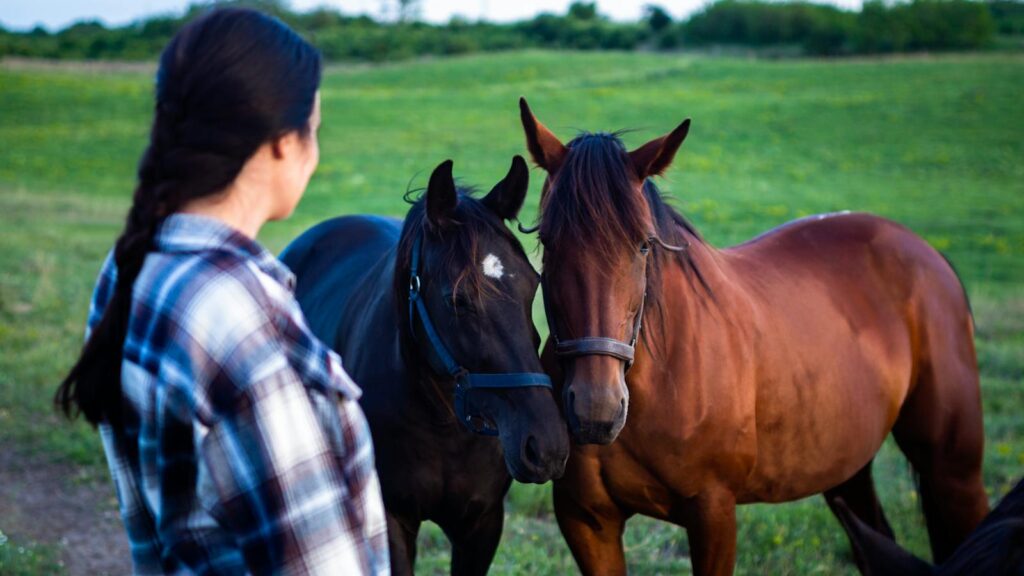Managing multiple horses demands significant time, energy, and resources. Whether you’re a professional trainer with a full barn, an amateur with several competition horses, or simply a dedicated equestrian with multiple equine companions, finding balance is essential for both your well-being and that of your horses. The challenges of meeting each horse’s individual needs while maintaining your own physical and mental health can seem overwhelming at times. This comprehensive guide will help you create sustainable routines, prioritize effectively, and implement strategies to enjoy your equestrian lifestyle without sacrificing yourself in the process.
Understanding the Challenges of Multi-Horse Ownership
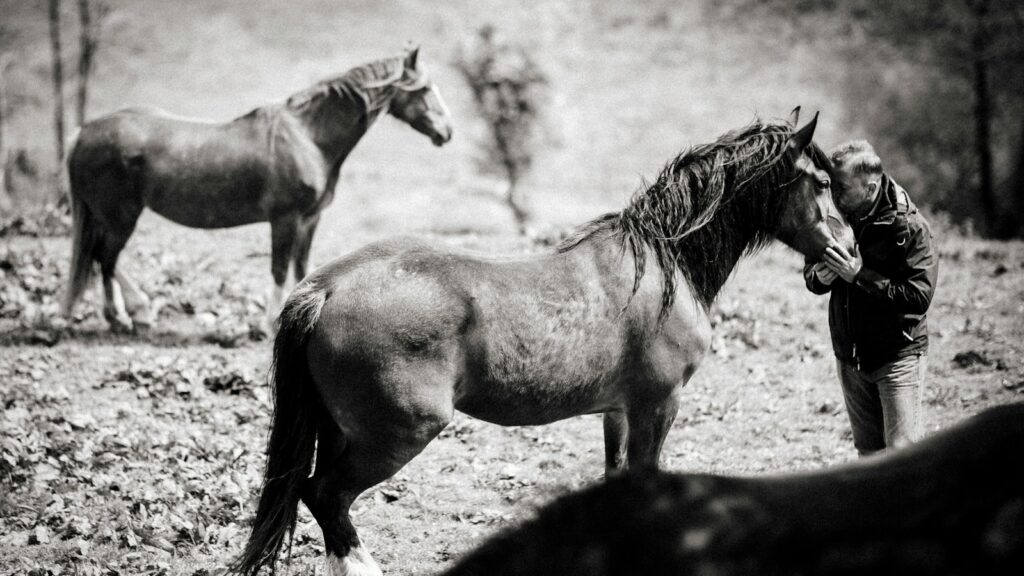
Managing multiple horses presents a unique set of challenges compared to caring for just one equine companion. Each horse has distinctive needs, training requirements, and health considerations that demand your attention and energy. The financial implications also multiply with each additional horse, from basic care costs like feed and farrier services to potential emergency veterinary expenses. Time management becomes especially critical when juggling work, family obligations, and the care of multiple horses. Additionally, the physical toll of riding, grooming, and maintaining facilities for several horses can quickly lead to exhaustion if not properly managed.
Assessing Your Current Routine and Identifying Pressure Points

Before making changes, take time to evaluate your existing routine by tracking activities for a typical week, noting how long each horse-related task takes and how you feel afterward. Look for patterns of stress or fatigue, identifying which days or activities leave you feeling particularly drained. Consider whether certain horses or specific responsibilities consistently create tension or anxiety. Be honest about which aspects of horse care you enjoy versus those you find burdensome, as this awareness will help target areas needing adjustment. This assessment provides valuable insights into where your routine needs restructuring to prevent burnout while still meeting your horse’s needs.
Creating a Sustainable Schedule
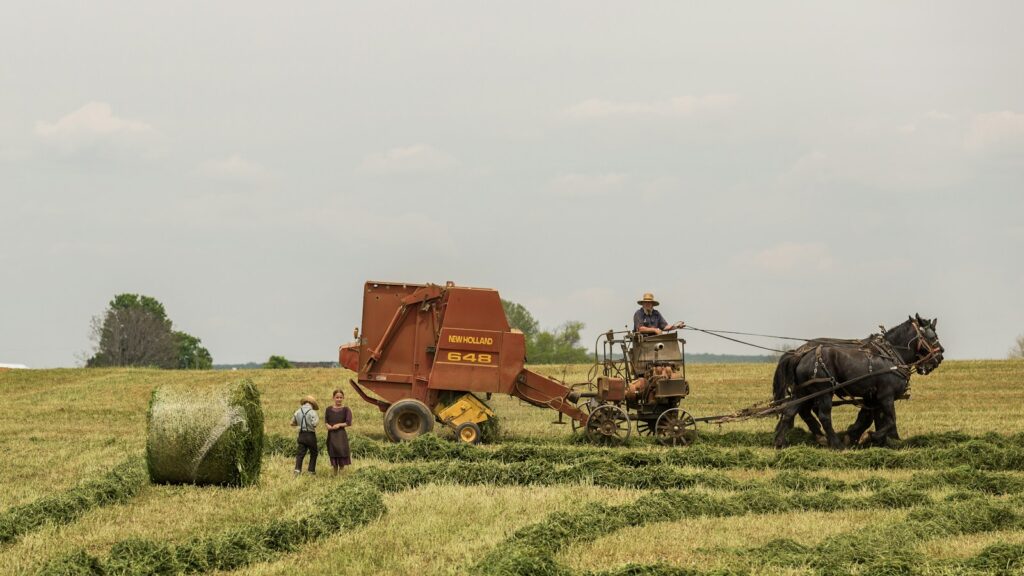
Developing a sustainable schedule begins with prioritizing tasks based on both importance and urgency, distinguishing between essential daily care and activities that can be performed less frequently. Group similar tasks together to maximize efficiency, such as cleaning all water troughs in one session rather than making multiple trips. Build in buffer time between activities to accommodate unexpected situations, preventing a cascade effect when one task runs long. Consider using digital tools or apps designed for equestrians to track feeding schedules, exercise routines, and health records. Remember that a sustainable schedule isn’t rigid—it provides structure while allowing flexibility to adapt to changing circumstances.
Establishing Clear Priorities
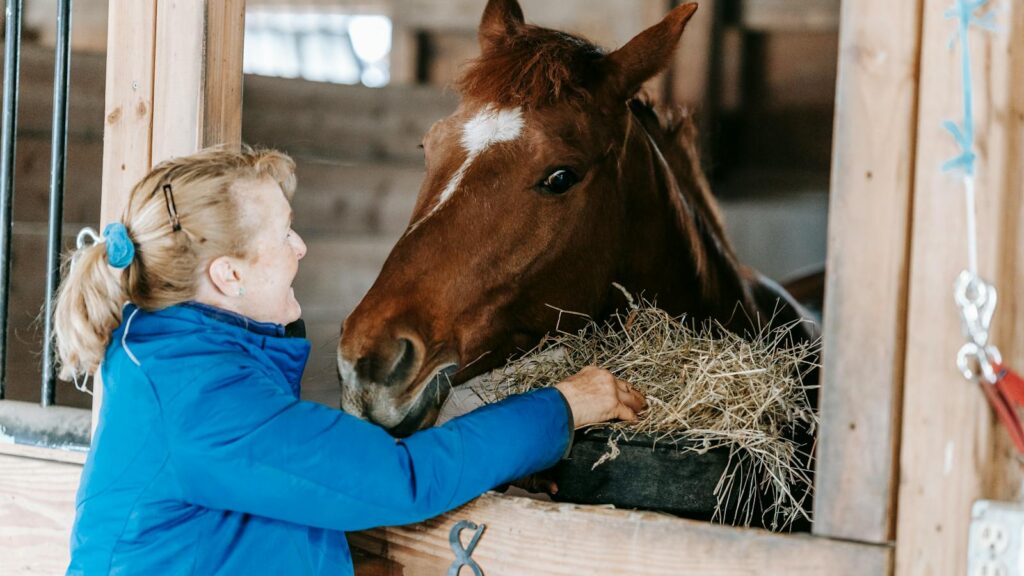
With multiple horses, establishing clear priorities becomes essential to prevent feeling perpetually behind. Start by identifying non-negotiable care requirements for each horse, including appropriate nutrition, necessary exercise, and health monitoring. Assess each horse’s current training and competition goals realistically, potentially scaling back ambitions for some horses during intensive periods with others. Consider each horse’s life stage and specific needs, allocating more time to young horses in training or senior horses requiring special care. Create a tiered system of priorities that helps you make decisions when time constraints arise, ensuring that baseline welfare needs are always met first before addressing secondary goals.
Implementing Efficient Systems
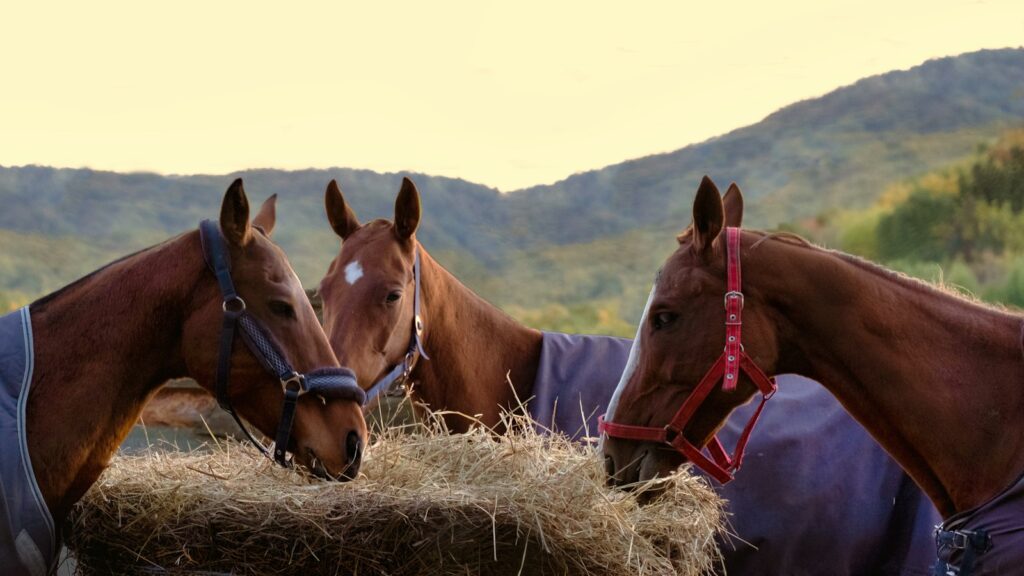
Efficiency stems from thoughtful systems that streamline repetitive tasks. Designate your feed room with clearly labeled storage containers and measuring tools to minimize time spent preparing meals. Create standardized turnout groups and schedules that require minimal daily adjustments, reducing decision fatigue. Develop cleaning systems that maintain adequate standards without pursuing perfection, such as deep-cleaning stalls on a rotating basis rather than daily. Invest in quality equipment that facilitates faster work, from manure forks designed to minimize strain to efficient watering systems. Well-designed systems free up valuable time and energy that can be redirected to activities that bring you joy with your horses.
Delegating and Accepting Help

Many horse owners struggle with delegation, feeling that no one else can care for their horses properly. Start by identifying tasks that don’t require your specific expertise, such as basic cleaning, hay distribution, or simple turnout routines. Consider hiring part-time help for specific days when your schedule is particularly demanding, even if it’s just for a few hours weekly. Explore possibilities for horse-sharing arrangements where appropriate, allowing trusted riders to exercise suitable horses in exchange for reduced board or riding privileges. When delegating, provide clear instructions and feedback while resisting the urge to micromanage, giving helpers the opportunity to develop competence. Remember that accepting help isn’t a reflection of your dedication but rather a strategy for sustainable horse ownership.
Maximizing Training Efficiency
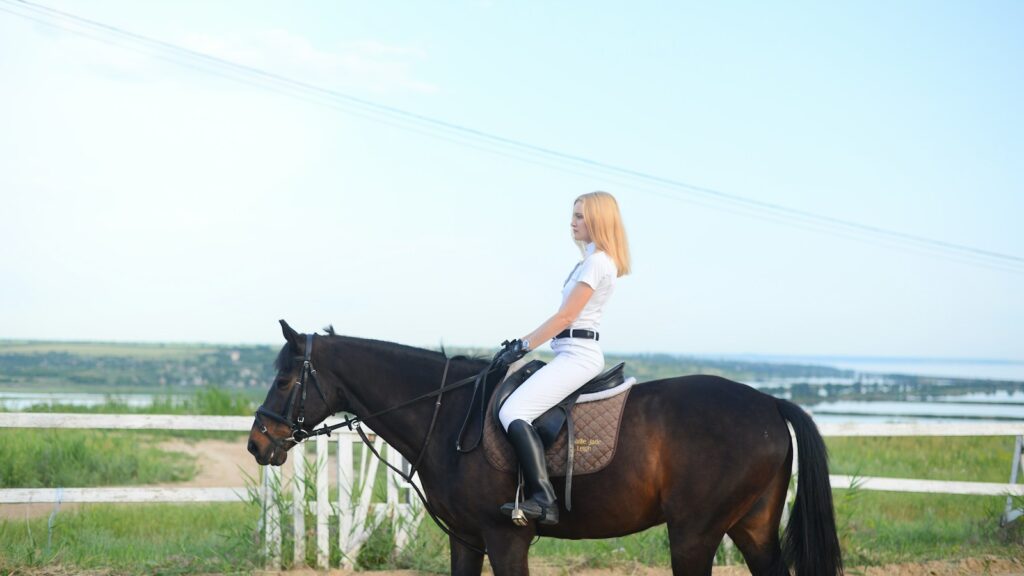
Training multiple horses efficiently requires strategic planning to maximize results while minimizing time and energy expenditure. Consider implementing similar training frameworks across horses where appropriate, allowing you to focus on teaching a particular skill to multiple horses in succession. Group horses by training level or needs, working similar exercises with horses at comparable stages rather than constantly shifting your training approach. Recognize when shorter, focused sessions might yield better results than longer workouts, particularly with young or easily overwhelmed horses. Set realistic training goals for each week, prioritizing horses with upcoming competitions or specific development needs while maintaining basic work with others.
Managing Seasonal Variations
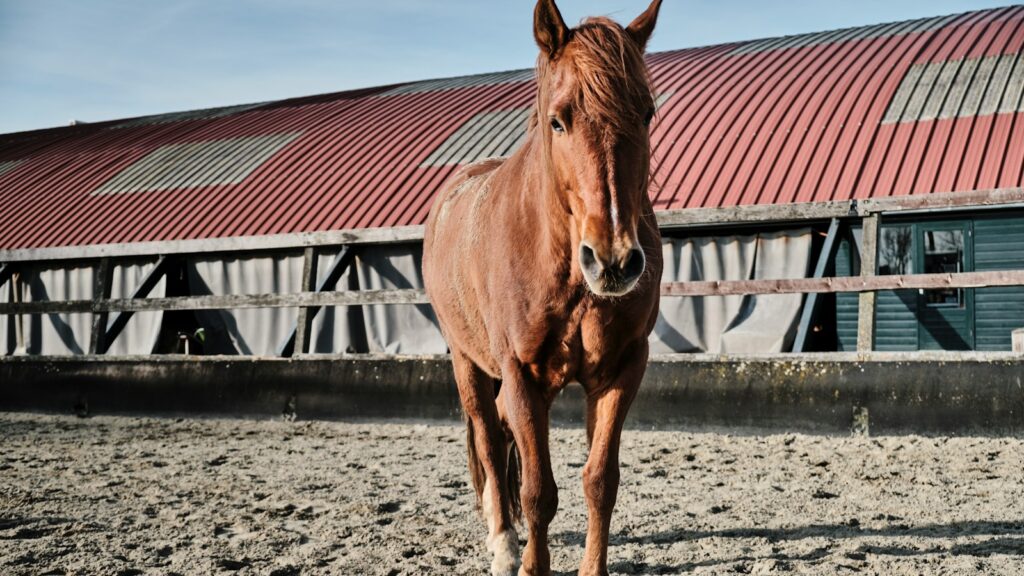
Horse care demands fluctuate significantly with the seasons, requiring adaptive strategies to maintain balance throughout the year. Adjust your routine seasonally, potentially focusing on competition during favorable weather months while using winter for maintenance and foundation building. Prepare for challenging weather conditions by implementing systems that reduce daily workload, such as heated water buckets in winter or automatic fly systems in summer. Consider how your own energy levels vary seasonally, potentially scheduling more ambitious training goals during periods when you naturally have more energy. Anticipate seasonal health needs by scheduling routine veterinary care and preventative measures during less demanding periods rather than waiting until problems arise.
Budgeting and Financial Planning

Financial stress significantly contributes to burnout among multi-horse owners, making sound financial planning essential. Create a comprehensive budget that accounts for all regular expenses, including feed, bedding, farrier, veterinary care, and board for each individual horse. Establish an emergency fund specifically for unexpected veterinary expenses to prevent a financial crisis when emergencies inevitably occur. Consider whether each horse’s purpose and activity level justifies its associated costs, making difficult decisions about reducing expenses where appropriate. Explore cost-sharing opportunities with trusted horse friends, from splitting delivery fees for supplies to coordinating veterinary visits to share farm call charges. Removing financial anxiety through proper planning provides greater peace of mind and sustainability.
Recognizing and Addressing Burnout Symptoms

Preventing burnout requires vigilance and self-awareness to recognize early warning signs before reaching crisis points. Physical symptoms often appear first, including persistent fatigue, sleep disturbances, frequent illness, or unexplained aches and pains resistant to normal recovery. Emotional indicators include feeling overwhelmed, irritable, or experiencing reduced enjoyment in activities you previously loved with your horse. Cognitive signs manifest as difficulty concentrating, forgetfulness about routine horse care, or inability to make simple decisions about training or management. When these symptoms appear, immediate intervention is necessary—whether scaling back commitments temporarily, seeking additional help, or consulting healthcare providers for support with physical or mental health concerns.
Creating Personal Boundaries
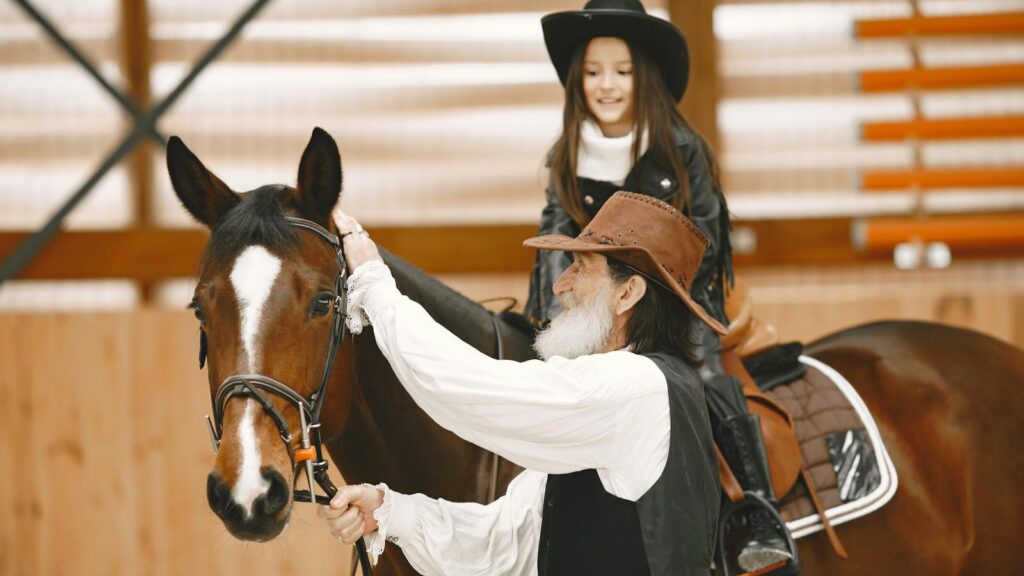
Sustainable horse ownership requires establishing and maintaining healthy boundaries that protect your well-being. Designate specific hours or days as horse-free time to pursue other interests, maintain relationships, and allow physical recovery. Learn to recognize and respect your physical limits, particularly regarding how many horses you can ride effectively in one day without compromising your body or their training. Practice saying “no” to additional horse-related commitments when your plate is already full, whether boarding another horse or volunteering for every barn event. Communicate these boundaries clearly to others involved with your horse, including trainers, barn managers, or riding partners, to prevent misunderstandings and maintain consistency.
Building a Support Network
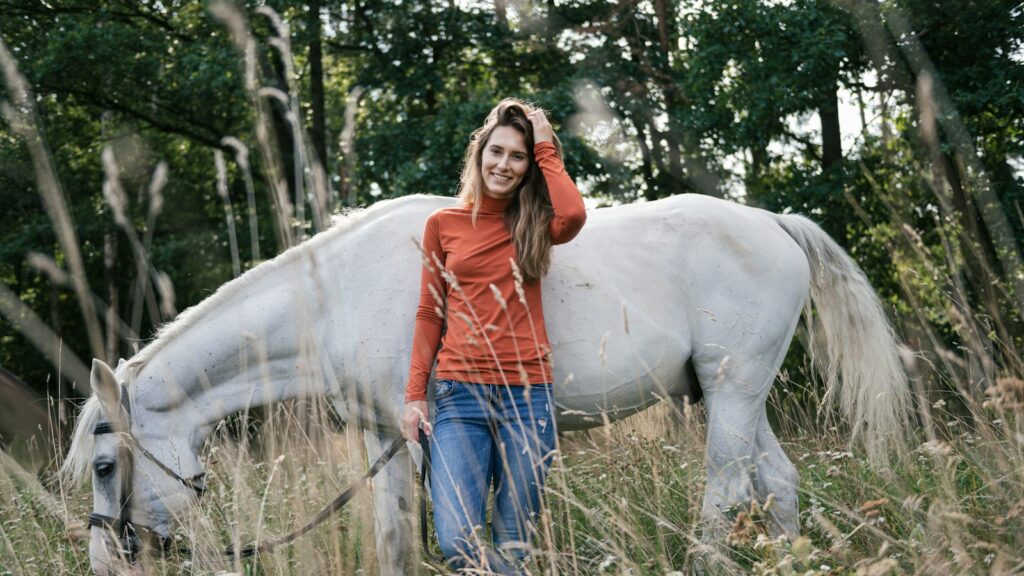
No one successfully manages multiple horses entirely alone, making a strong support network invaluable for preventing burnout. Cultivate relationships with trustworthy horse professionals who understand your management style and can step in during absences or emergencies. Connect with fellow multi-horse owners who understand your specific challenges and can offer practical advice or emotional support when needed. Consider joining organized groups that facilitate knowledge sharing and potentially resource sharing among local horse owners. Maintain relationships with non-horse people who provide perspective and balance in your life, reminding you of interests and identities beyond the equestrian world. These varied connections provide practical assistance, emotional understanding, and necessary balance.
Finding Joy and Maintaining Perspective

Amid the demands of multi-horse management, intentionally preserving joy and maintaining perspective prevents burnout most effectively. Schedule regular time for simply enjoying your horses without agenda or performance pressure, whether through relaxing trail rides, hand-grazing sessions, or quiet grooming time. Celebrate small victories and progress with each horse rather than focusing exclusively on long-term goals or shortcomings. Maintain perspective by remembering why you chose a multi-horse lifestyle initially, reconnecting with the passion that motivated your choices. Consider keeping a gratitude journal specifically for horse-related experiences, helping train your mind to notice positive aspects even during challenging periods. This deliberate focus on joy transforms horse care from an obligation to privilege, sustaining motivation through inevitable difficulties.
Conclusion

Balancing a multi-horse routine without burning out isn’t about perfection—it’s about creating sustainable systems that honor both your horses’ needs and your own well-being. By establishing clear priorities, implementing efficient systems, accepting help, and maintaining healthy boundaries, you can enjoy the rewards of having multiple equine partners while preserving your physical and emotional health. Remember that adjustments will be necessary as circumstances change, and occasional recalibration is part of the process rather than a sign of failure. With thoughtful planning and self-awareness, your multi-horse lifestyle can remain rewarding and sustainable for years to come.

